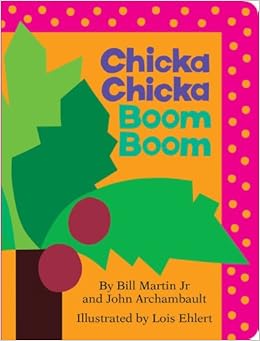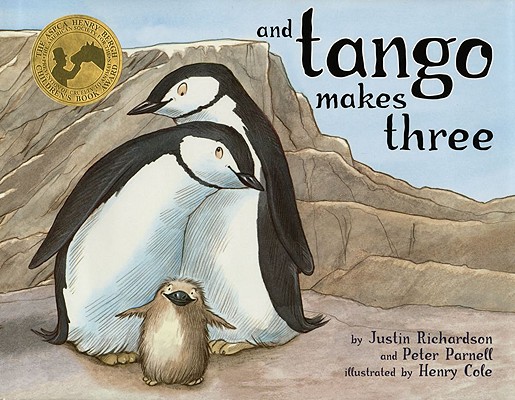"A Told B and B Told C, I'll meet you at the top of the Coconut Tree." (Martin and Archambault, 1989).
Today's blog post is about a childhood classsic (for me, anyway) Chicka Chicka Boom Boom by Bill Martin Jr. and John Archambault, illustrated by Lois Elhert.
Publication Information
Publisher: Simon and Schuster
Publication Year: 1989
ISBN: 1442450703
Lexile Reading Level: AD530L
Awards/Recognition: Parent's Choice Award 2003
Written by the author that brought us Brown Bear Brown Bear What do you See? and illustrated by Caldecott Honor Winner Lois Elhert, Chicka Chicka Boom Boom is arguably one of the most well-known alphabet children's book of all time. I remember reading this book all the time growing up as a child, reading it to my students when I taught preschool, and I occasionally read it at story time at work.
Chicka Chicka Boom Boom uses rhymes and simple, bright illustrations to depict anthropomorphized letters (meaning they have human characteristics) as they climb to the top of a coconut tree. Once all the lowercase letters make it to the top, the tree can no longer hold their weight and they all fall down. Their family members (the upper case letters) arrive to help them out and tend their injuries. All of the letters always appear in alphabetical order and the alphabet is gone through twice.

This book is well known for it's rhyming because it's got a jazzy improvisational beat to it as it's read aloud. It's fun and there are so many ways you can put this book to music. Kids can relate to it because the lower case letters act like kids, betting that they can race to the top of the tree. The back of the book lists all the letters together, both upper and lower case. I think it's great that it's about the lowercase letters and not just the upper. Lowercase is typically the most difficult to learn because of how similar b, d, & p are, as well as many other letters. Having the upper and lowercase letters be portrayed as family members is another way to relate to kids. It makes sense that the lowercase (little) letter has a big Mom, Dad, Brother, or Sister letter that matches.
The letters and the coconut tree, being so simply illustrated are easy to recreate in a classroom or library setting. In my classroom we made a life size coconut tree taped against our wall and whenever we learned a new letter, we'd have a Chicka Chicka Boom Boom parade and chant the famous words as we stuck the letter on the coconut tree. Chicka Chicka Boom Boom teaches letters in a developmentally appropriate way for young children, through music and rhymes, and fun.



